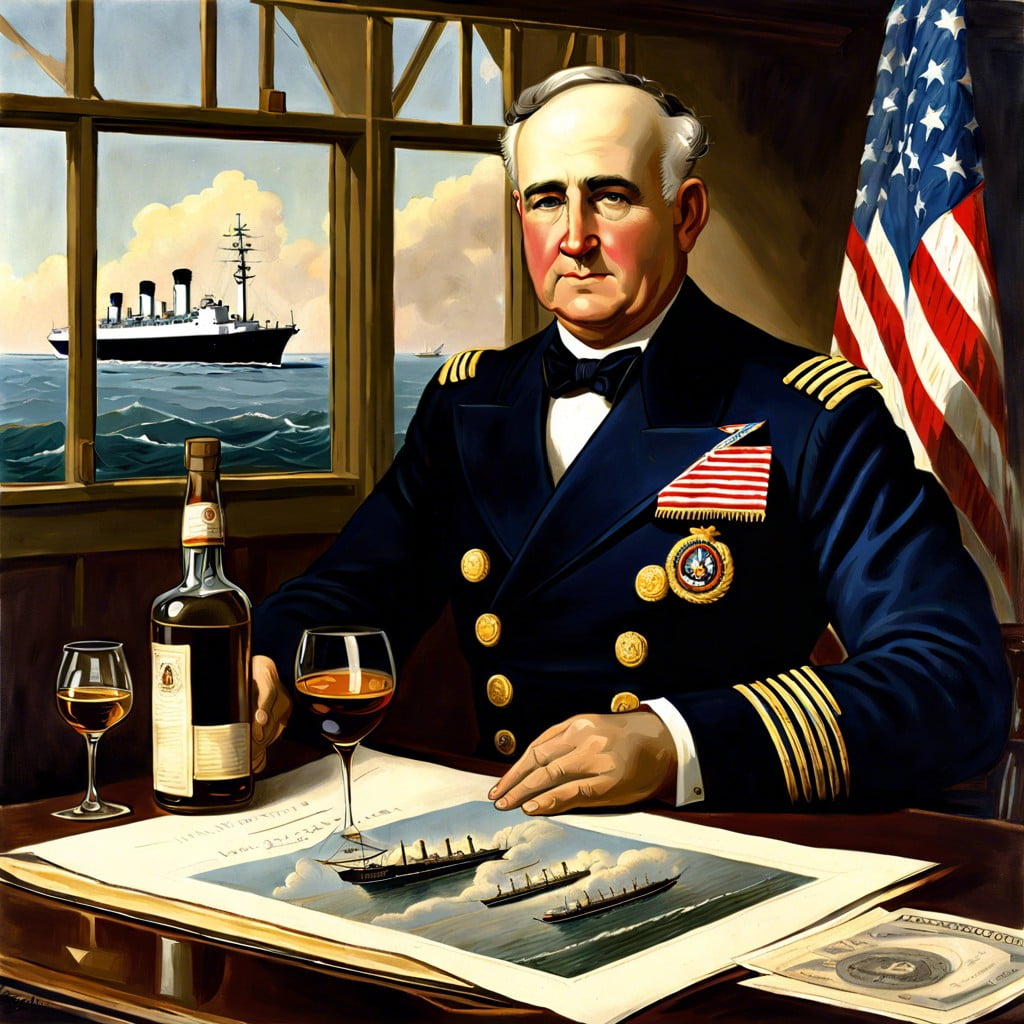Discover the intriguing reasons behind coffee’s nickname, “joe,” as we shed light on its historical and cultural origins.
Josephus Daniels Theory

Legend has it, the nickname for our beloved brew stems from a bold move by Navy Secretary Josephus Daniels. In 1914, he implemented a ban on alcohol aboard navy ships with General Order 99. This triggered resentment among the sailors, who were already wearing grins as thin as biscotti. Coffee, a sober alternative to grog, naturally became the next best thing to sip on.
This theory suggests that disgruntled sailors started referring to their new go-to drink sarcastically as “a cup of Josephus,” which over time, got cozy and shortened to “a cup of Joe.” It’s a story drenched in a bit of irony, where a stringent rule gives coffee an alias that’s stuck like sugar to a spoon, savory in its simplicity. It’s an anecdote to enjoy, much like savoring the last drop from your mug.
Common Man Theory
Sometimes simplicity brews the best ideas, and coffee’s colloquial moniker might just stem from its long-standing relationship with the everyday person. Picture this: the early 20th century, a bustling American diner, a place where people from all walks of life pull up a stool and unwind over a hot brew. They’d order a “cup of Joe,” seeing the drink as a humble beverage for the common man. In an era where coffee was everyone’s fuel, from a factory worker to the office clerk, “Joe” became synonymous with the average guy.
It’s a friendly nod to the notion that no matter who you are, a steaming mug of coffee is a universal leveler. A liquid handshake between hard work and wakefulness. Now, pour that idea over ice, and you’ve got an endearingly cool slice of Americana that still resonates in every corner bistro and breakroom.
Jamoke Theory
Brewed from a blend of java and mocha, jamoke was a slang that baristas slung around with a wink. Picture this: the 1900s, a bustling coffee joint, the scent of roast beans filling the air. “Java” and “mocha,” each a sought-after variety, marry to create “jamoke,” the affectionate shorthand regulars nod to when they grab their steaming mugs.
As time steamed on, “jamoke” might have cooled down, losing a couple of syllables. What’s easier to shout over a noisy counter than a quick “joe”? Crowds catch on, the term spreads like wildfire, and before you know it, every street corner with a coffee aroma has its patrons asking for a simple cup of joe – shorthand stemming from an already shortened term, shorthand at its finest.
Who Coined the Phrase Cup of Joe?
The exact individual responsible for popularizing “cup of joe” remains cloaked in mystery. Some attribute the phrase to Secretary of the Navy Josephus Daniels who, in 1914, banned alcohol aboard naval vessels. In turn, the strongest beverage available was coffee, which may have led the disgruntled sailors to refer to their coffee as “joe” out of spite. However, this theory isn’t watertight, as the term doesn’t surface in print until much later.
Others propose that “joe” could simply signify the drink of the everyday person – the average Joe. Coffee, after all, is a staple in the American workday, fueling the workforce from dawn till dusk.
Another interesting angle is linguistic reduction. “Joe” as a phrase could stem from a blend of java and mocha – two predominant styles of coffee at the time – eventually truncated to “jamoke” and then simply “joe.” Whether any of these theories holds the truth, the origin story of the phrase adds a rich layer to our daily coffee ritual.
Why Is the Term “Cup of Joe” Still Used Today?
The enduring nature of the term “cup of joe” mirrors coffee’s steadfast role in daily life. It’s a phrase that rolls off the tongue, conveying warmth and familiarity. Here’s why it sticks around:
- Ease of use: The term “cup of joe” is brief, snappy, and slips easily into casual conversation. Its linguistic convenience encourages continued use.
- Cultural embedding: Over time, this phrase has woven itself into the fabric of American culture, appearing in literature, film, and everyday banter, reinforcing its presence.
- Affectionate undertone: Calling coffee “joe” personifies our favorite brew, giving it a friendly, approachable feel that reflects our personal connection to it.
- Cross-generational appeal: Unlike trendy slang that comes and goes, “cup of joe” has a timeless quality, embraced by coffee lovers across various ages, maintaining its relevance.
In essence, just as coffee remains a beloved ritual, so too does the language we use to denote it. The term “cup of joe” endures as a badge of coffee culture, speaking to our collective love for this energizing elixir.